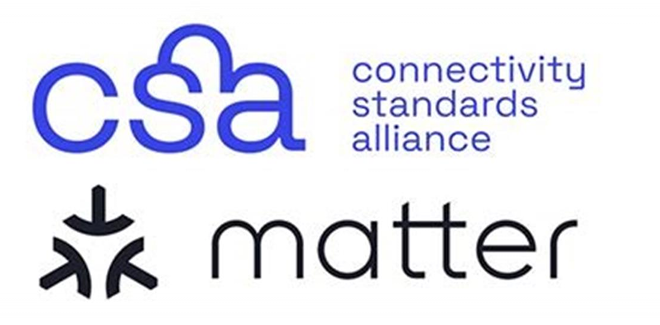The smart home industry has been growing rapidly, but for many years it faced a significant challenge: fragmentation. Different ecosystems from major tech players like Google, Amazon, Apple, and others used proprietary protocols and standards, leading to compatibility issues between smart devices. Users often found themselves locked into one ecosystem, with devices from other brands either incompatible or requiring cumbersome workarounds.

Enter Matter, a revolutionary new protocol backed by major players in the smart home market, which promises to make interoperability between devices seamless, regardless of the brand or ecosystem. At the heart of Matter is Thread, a low-power, wireless mesh networking protocol that enhances reliability, security, and speed in smart home devices. Together, Matter and Thread are set to redefine how smart devices communicate across ecosystems, ensuring users can mix and match products without worrying about compatibility.

Matter is an open-source, royalty-free home automation standard developed by the Connectivity Standards Alliance (CSA), which includes big names like Google, Amazon, Apple, and Samsung. It is designed to provide a single, unified framework for smart home devices, making them interoperable regardless of brand or platform.
Google and Amazon’s Ecosystem Strategy: Leveraging Brand-Specific Thread Border Routers

A critical piece of the Thread architecture is the Thread Border Router, a device that allows Thread-based devices to communicate with external networks like Wi-Fi or Ethernet. It serves as a bridge between the Thread mesh network and the broader internet, ensuring that smart devices can interact with cloud services or mobile apps.
Both Google and Amazon have incorporated Thread Border Routers into their smart home ecosystems, ensuring their devices are Matter-ready and compatible with other ecosystems. The general concept of Thread and Matter is supposed to enable interoperability across ecosystems, but current implementations from Google, Amazon, and other manufacturers impose certain restrictions regarding control and network interaction.

Google Thread Border Router (TBR) will typically be responsible for Google-based Thread devices, and an Amazon TBR would manage Amazon-based Thread devices. This means a Thread-enabled device, like a light bulb, smart plug, or sensor, may be constrained by which ecosystem’s TBR it can connect to. A Google Nest Hub acting as a Thread Border Router will handle Google’s devices, while an Amazon Echo acting as a TBR will handle Amazon’s devices.
Both Google and Amazon have built their ecosystems with control over device interaction within their platforms. Despite the Matter standard’s push for interoperability, the current implementations may still lock devices into the platform they are set up with.
For instance, while a Google Nest Hub may act as a Thread Border Router, the control of devices connected through that TBR would typically be done via Google Home. Similarly, Amazon Echo would handle the devices on the Alexa platform.
Thread Networks Are Still Separate:
While multiple TBRs from Google and Amazon coexist on the same network, devices on Google’s TBR won’t necessarily be controlled by Amazon’s Alexa system or vice versa. So, your light bulbs connected to the Google TBR might not be visible in Amazon Alexa, even though both TBRs manage the same underlying Thread network.
Despite Matter’s goal for cross-platform functionality, this implementation suggests that Google and Amazon devices may not fully interact across TBRs. Each ecosystem might still be confined to its own control structure, even though the Thread protocol is capable of interoperable communication.

Interoperability is Still Developing:
The vision of Matter and Thread is complete cross-ecosystem compatibility, but current implementations may not fully realize this yet. Google’s Thread Border Router is likely optimized for Google Home and Nest products, while Amazon’s Thread Border Router would primarily control Alexa-enabled devices.
In recent years, the smart home market has seen a surge in the number of connected devices. However, one of the major challenges has been the fragmentation of ecosystems. Different manufacturers have developed their own proprietary protocols and standards, making it difficult for consumers to create a truly integrated smart home. To address this issue, the Connectivity Standards Alliance (CSA) developed
Matter, a unified standard for smart home devices. Matter is built on top of the Thread protocol, a low-power, mesh networking technology designed specifically for connected home devices. Thread enables devices to communicate directly with each other, creating a self-healing network that is more reliable and less prone to interference. This makes it an ideal foundation for Matter, which aims to provide a seamless and interoperable experience for consumers.
